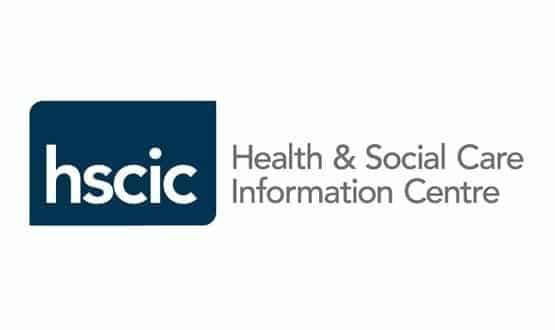Data about the surcharge status of immigrants using the NHS has been uploaded to the NHS data Spine, the Health and Social Care Information Centre has confirmed.
The Immigration Health Charge came into force last month to tackle so-called ‘health tourism’.
It charges people from outside the European Economic Area who use NHS services 150% of the cost of treatment, based on the standard NHS tariff. This does not apply to GP and emergency care.
The Department of Health has also introduced a health surcharge for people from outside the European Economic Area coming to the UK for longer than six months.
The surcharge is £200 per year for non-students and £150 per year for students and applies to visa applications made on or after 6 April, including those of non-EEA nationals already in the UK who apply to extend their stay.
In a comment to Digital Health News, a HSCIC spokeswoman said that as part of the process the HSCIC receives a limited amount of data from the Home Office on each individual.
This includes their name, date of birth, gender, address, nationality and surcharge status. This is then stored as part of the demographics record on the Spine, from where it can be accessed via a portal called the SCRa.
She added that data is updated via a weekly secure email and can be viewed only by those who have the appropriate permissions, as recorded on their NHS smartcard.
The HSCIC initially told Digital Health News that the information would be added to the Summary Care Record, but it subsequently qualified that this was not the case, and that the SCR will remain separate.
The HSCIC also stressed that "people concerned with checking immigration status will have permission to access the demographic data, but not normally to access the clinical data in the SCR."
SCR is a summary of important information about each person registered with the NHS. It includes basic demographic information, along with allergies, prescriptions, and adverse reactions. Access is limited to staff who are involved directly in the care of the patient.
The creation of the SCR was immensely controversial, as it was the first, national, electronic medical record to be set up in England (Scotland and Wales have their own summaries); although it has now been rolled out to 55 million patients, and its use is being expanded.
According to board papers published by the HSCIC last month the first batch of data regarding NHS patients subject to the Charge and uploaded it to the Spine. This included data from 934 people.
A spokeswoman for the DH told Digital Health News that overseas visitor managers in NHS trusts have said they are able to access this data and that “there have been no issues or problems reported”.
She added: “The system substantially improves the methods for checking, identifying and recording the eligibility of overseas visitors and migrants to access free NHS services.
"This reduces the burden on frontline NHS staff to identify and verify patients with chargeable status.”
The charges are part of the Immigration Act which became law in 2014. The DH said earlier this year the aim is to recoup £500 million a year in healthcare costs by 2017 to 2018.
According to the Home Office, use of the NHS in England by non-UK citizens is estimated to cost up to £2 billion a year, with £950 million of this spent on temporary, non-EEA workers and students.
Factchecking service Full Fact says it the cost of people who come to the UK to specifically receive free treatment is “hard to quantify” but it roughly between £110 million and £280 million a year.
It adds that the normal use of the NHS by foreign visitors who end up being treated in England is about £1.8 billion a year.
This story was updated at 4pm on Thursday, 21 May. It originally said that the surcharge information was being added to the Summary Care Record, and explained why this would be controversial.
The original was based on information supplied by the HSCIC, which subsequently clarified the process. In full, it said: the data is uploaded to the Spine, where it is stored as part of the demographics record, which is separate to the SCR. The demographic record is accessed via a portal called the SCRa, but people with permissions to check immigration status using this "widget" will not normally access the SCR itself.

